Plug-in hybrid vehicles (PHEVs) are meant to offer a good balance between gas and electric-powered vehicles for those tempted to switch to fully electric but who want to test it out first.
However, a recent survey has discovered that most PHEV owners haven’t been plugging in their cars and have only been using the gas function. Even though electric charging is more sustainable, it’s clear that people can’t stay away from gas.
Hybrid Cars Have Many Benefits
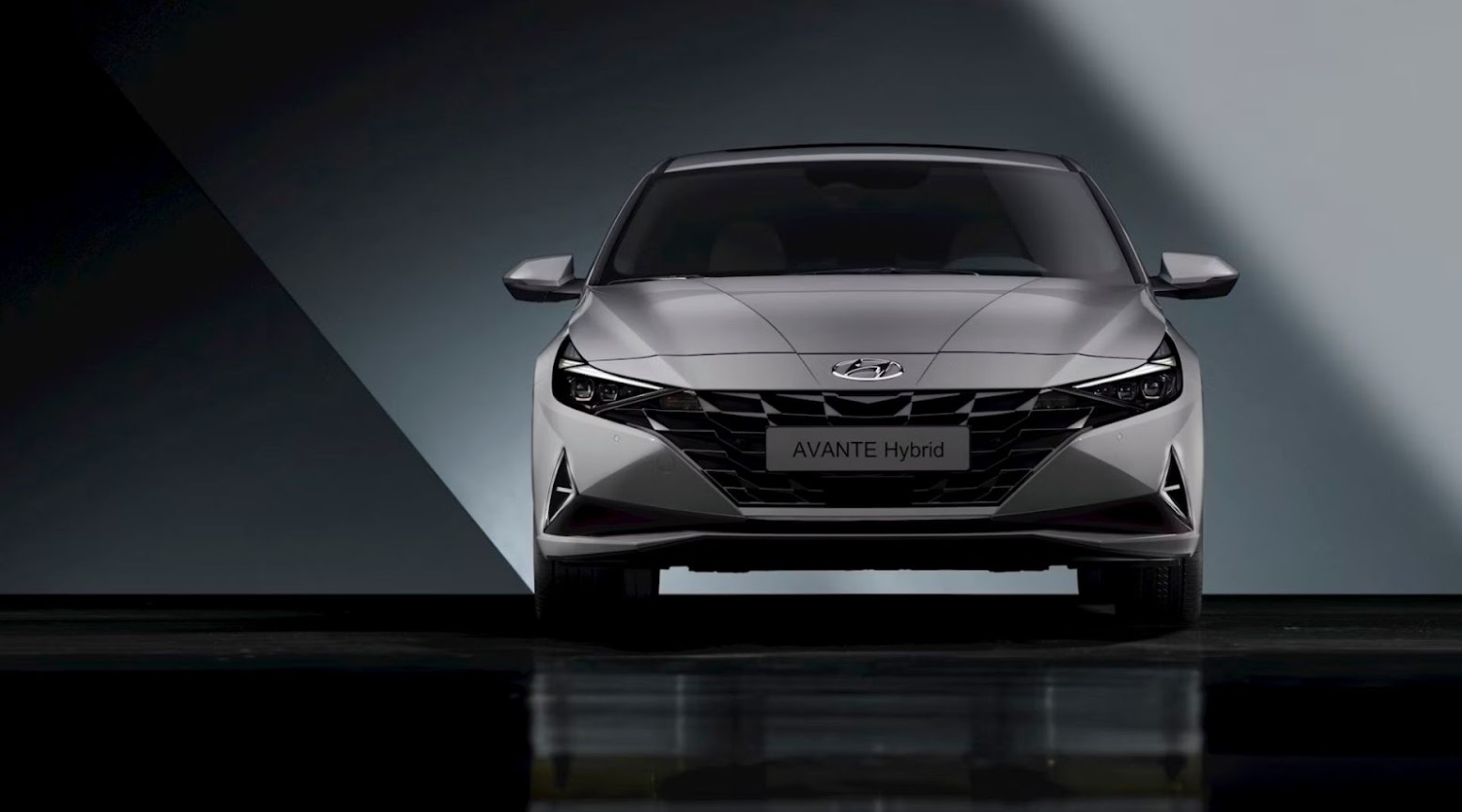
When comparing hybrid cars to electric and gas-powered vehicles, hybrid cars have the most benefits. They give car owners the best of both worlds, as they can do good for the environment while also giving them the safety and security of using gas when electric charging isn’t available.
Most Americans prefer to drive a hybrid car, with sales growing by 99% in the last year alone. They are much more affordable than EVs, and with many households struggling for money, hybrids enable drivers to do good for the environment without breaking the bank.
The Effects on the Environment

One of the main issues is that hybrid car owners aren’t plugging their cars in. This means that they are only using the gas function of their hybrid car, which leaves no benefits for the environment.
Even though PHEV owners may have had all the intentions of doing good for the environment by purchasing one of these cars, not plugging them in means they may as well have bought a gas-powered car instead.
Driving on Gas

It has been estimated that PHEV owners are driving 25-65% fewer electric miles while consuming 42-67% more gas than was previously thought. This has led many to question why PHEV owners would decide to buy one if they hardly use the electric function.
This means drivers aren’t charging their cars while on the road or when they’re at home, which is likely because they take hours to charge, whereas gas-powered cars can be filled up in a matter of minutes.
Difficult to Find Charging Spots

One of the main issues for PHEV owners is finding charging spots. Those living in rural areas have particular difficulty with this, especially given that hybrid cars have a low electric mile range.
Even though home charging is available, it isn’t that simple. Although those living in cities are more likely to have public electric charging spots at their disposal, living in apartments and homes without garages makes it complicated to charge these vehicles at home, especially if they don’t have access to an exterior outlet.
PHEVs Need to Be Charged Daily
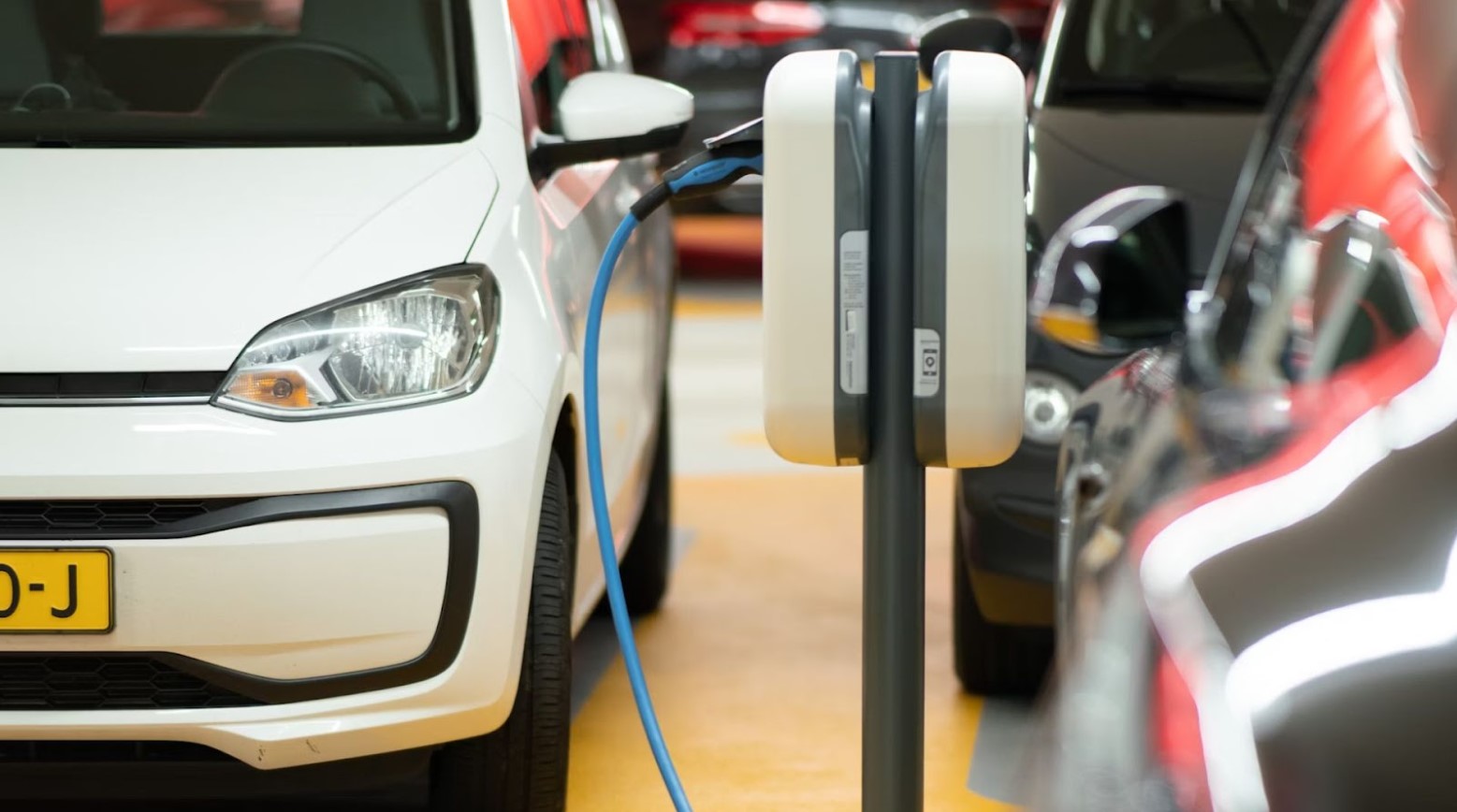
To get the full benefits of a PHEV, owners need to be plugging them in daily so drivers can take full advantage of their emissions benefits. However, this is easier said than done.
Due to the difficulty in finding charging spots and the amount of time it takes to charge these vehicles, many drivers don’t have enough hours in the day to go through this. While they will sometimes use its electric features, it’s not always something that they use daily.
A Lack of Understanding
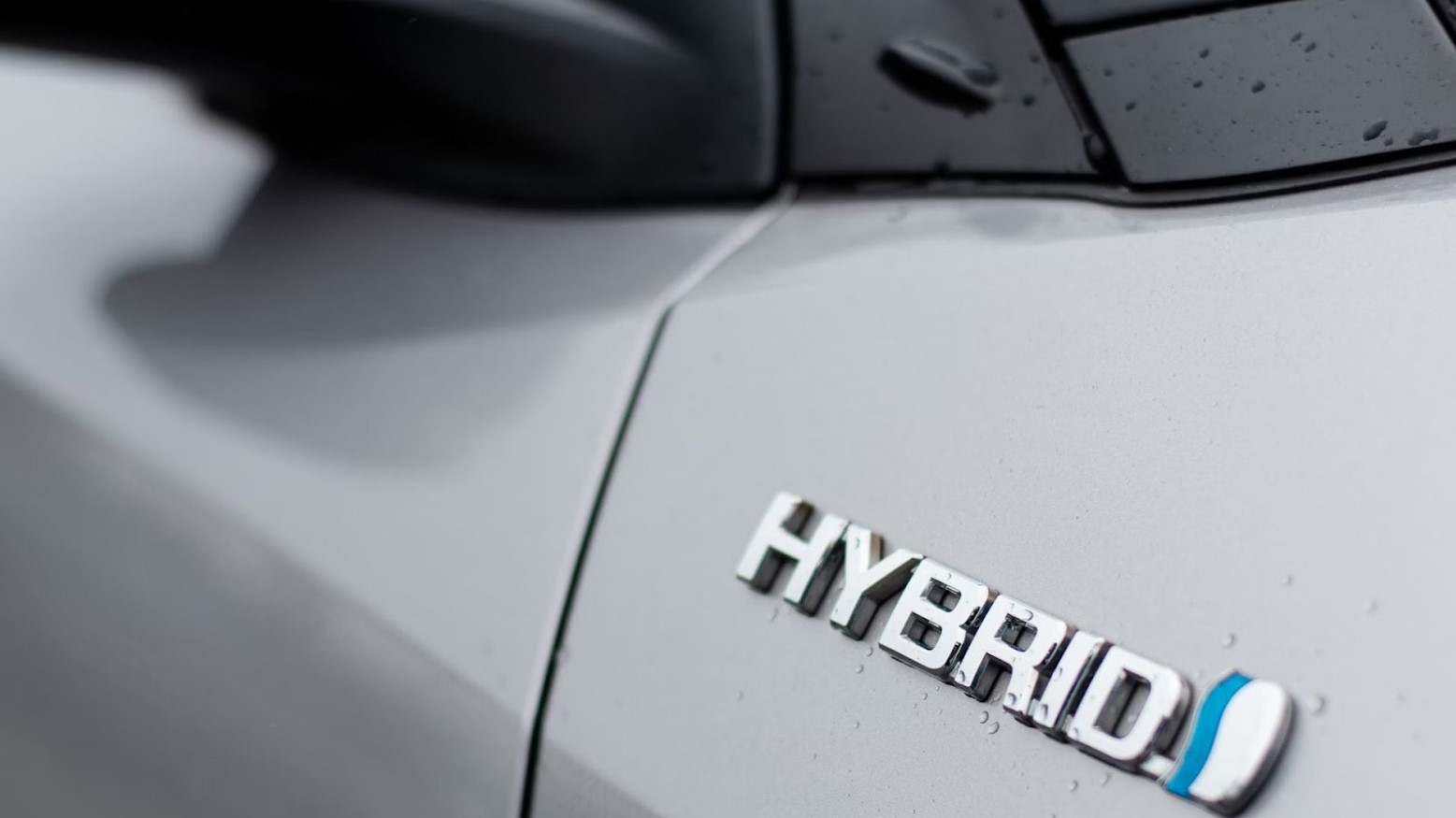
As PHEVs have an electric motor and a gas engine, this system seems too complex for many owners to understand, which is mostly due to people not knowing how the two are able to work together.
Many are concerned about maintenance and the long-term reliability of something like this. As a result, owners prefer to use the gas function over electric, as gas is much more familiar, and they understand it better.
Strains on the Battery

Many PHEV owners are worried about what the effect of constantly charging the car will have on its battery. They believe that it will degrade faster than the batteries on gas-powered vehicles, and are worried what this will cost them.
However, PHEV owners have nothing to worry about. Tesla’s lithium-ion batteries only degrade 12-15% after 200,000 miles of electric-only driving, and most PHEVs tend to have a maximum electric range of 50 miles. Unless these drivers constantly drive long distances when only using the electric function, the battery is unlikely to degrade as quickly as previously believed.
Hybrid Owners Are Losing Money
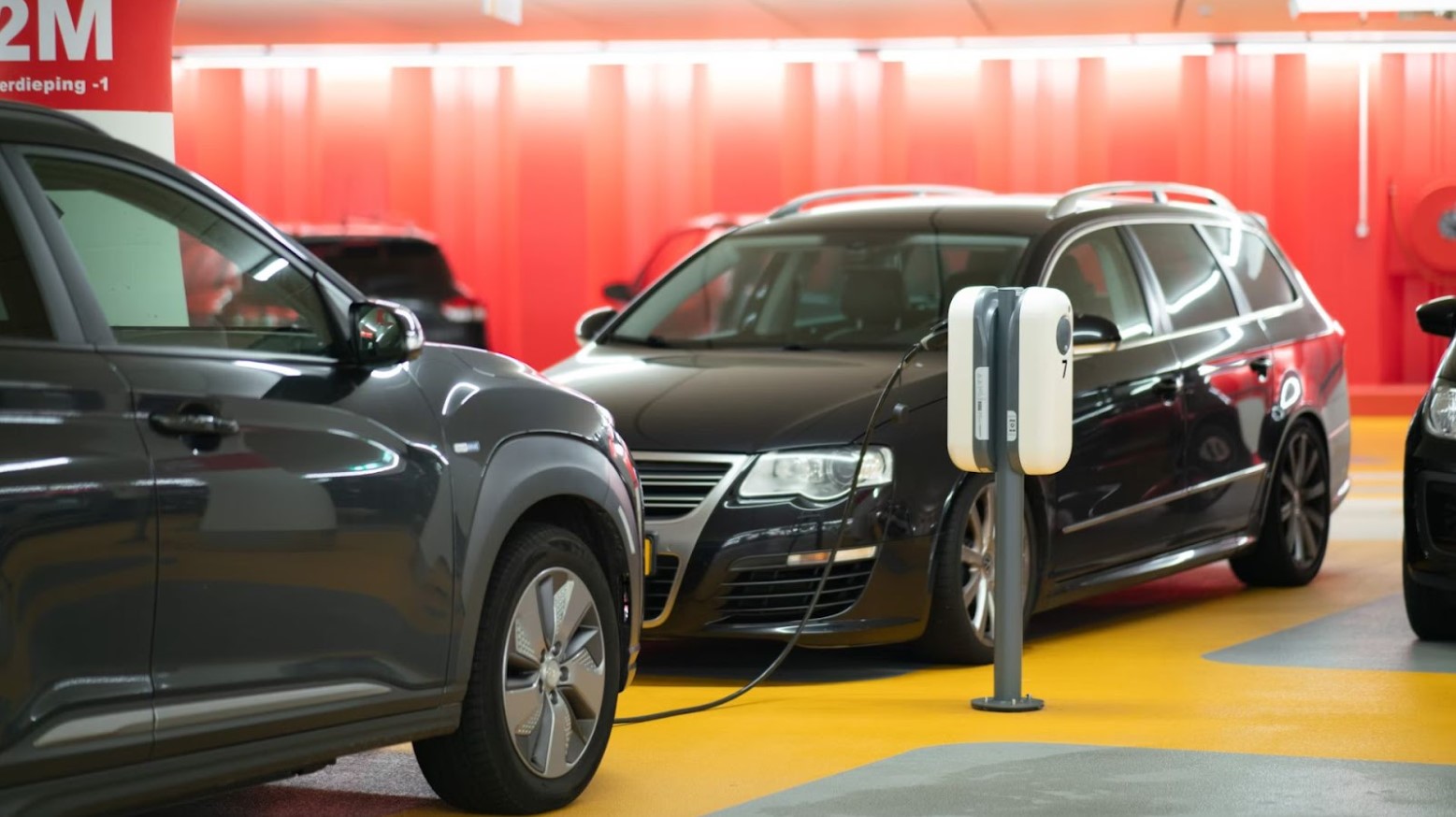
Hybrid vehicles cost much more than traditional gas-powered ones. This means hybrid owners are losing money if they only intend to use the gas function, especially as it costs more to fill up on gas than it does to use electric.
The cars are more expensive because gas-powered ones are more readily available as they have been around for years. Drivers prefer second-hand over brand-new cars, and as hybrid vehicles are a much newer concept than gas, used PHEVs are less likely to be available on the market.
Drivers Are Carrying Extra Weight
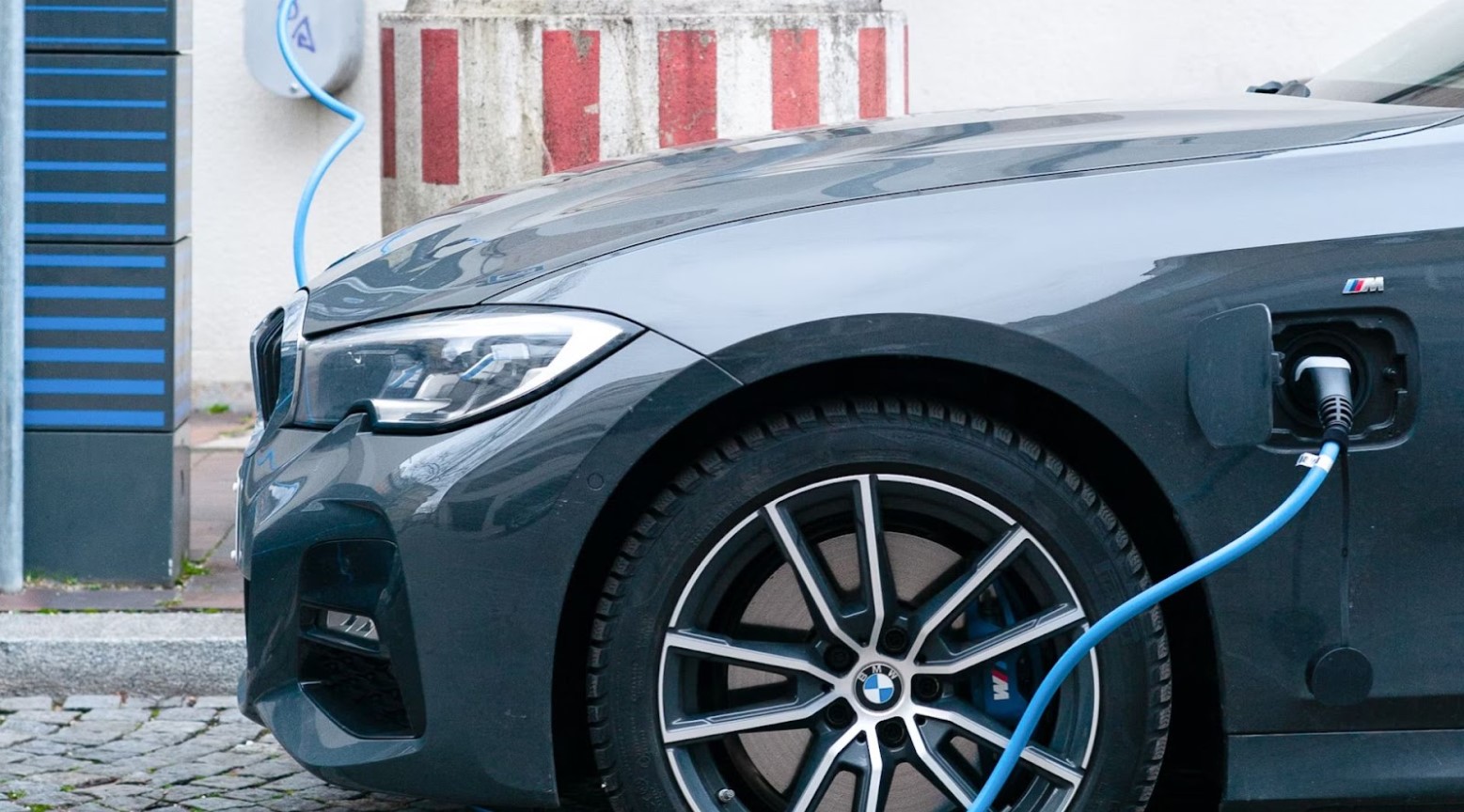
If PHEV drivers use both the electric and gas functions, this means that everything in the car is worth it. However, those who barely use the electric function and only fill the car with gas carry a lot of extra weight.
A PHEV has batteries, an electric motor and charging electronics that all add extra weight to the car. If owners aren’t using these functions, this is another reason why they should have stuck to gas-powered cars, as they aren’t benefitting the environment and aren’t using the vehicle for its entire purpose.
Losing Benefits of Hybrid Vehicles
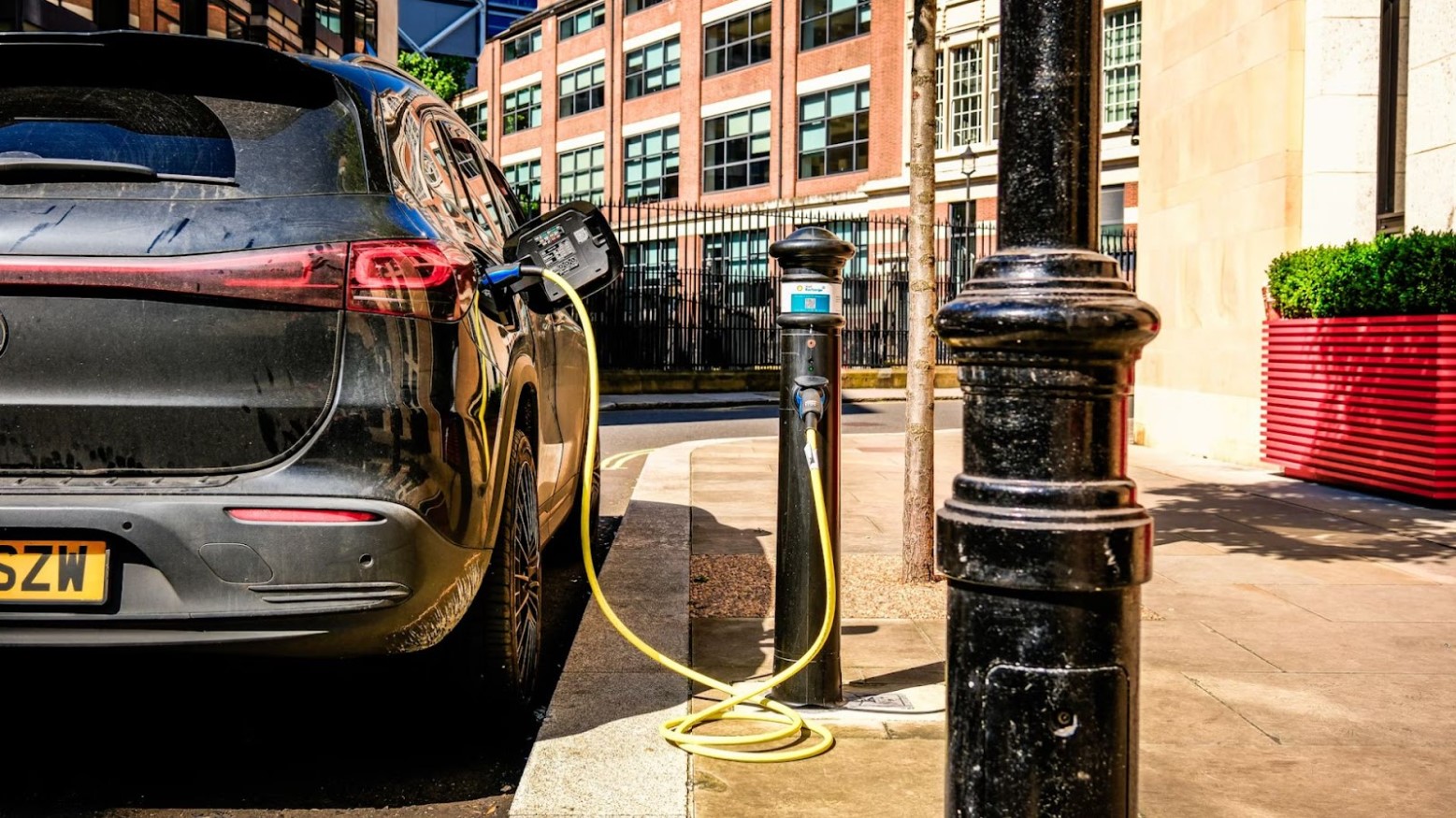
PHEV owners might want to reconsider not using their vehicle’s electric function, as some governments are starting to consider reducing the benefits for hybrid vehicle owners.
European regulators are looking to reduce the benefits currently held by PHEV owners, such as reduced taxes and other financial incentives. This focus is now being shifted to electric vehicles. This could soon apply to the U.S., meaning PHEV owners should start using the full benefits of their cars before it is too late.
Changes Need to Be Made
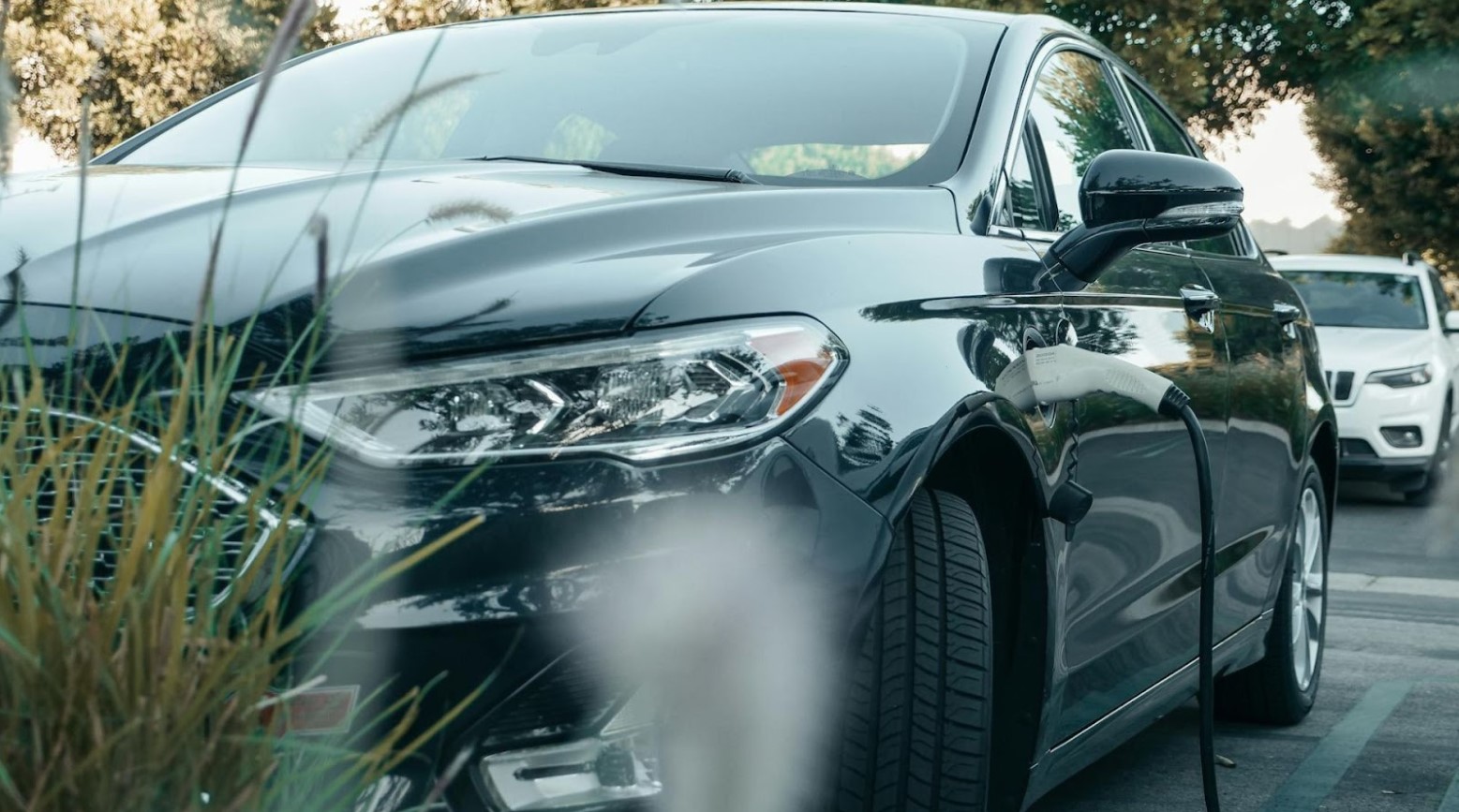
Some changes need to be made to PHEVs so that owners can fully take advantage of their vehicles’ electric parts. This includes reducing the size of fuel tanks, offering incentives for charging and electric mileage and educating people on the costs of gas-powered cars.
Other suggestions include faster charging, an increase in public chargers and an increase in energy storage capacity. The hope is that doing this will encourage more PHEV owners to use the electric function to benefit both them and the environment.
